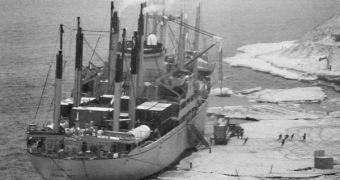Concerns about the state of the world's oceans have increased over the past few decades, as the effects of global warming became more and more obvious to those who could see them. These worries prompted several studies of global waters, including the Pacific and the Atlantic Oceans. However, until recently, the Southern Ocean, stretching from Australia to the South Pole, was largely bypassed by these studies, though it represents the engine of our planet's weather system.
The giant water current that circles the Antarctic from west to east is essential for the atmosphere, and it is also very susceptible to changes, such as those caused by the water becoming warmer and sweeter. Concerns about the "well-being" of this current prompted scientists at the Center for Australian Weather and Climate Research and the Marine Research at the University of Kiel, in Germany, led by Steve Rintoul, to compare data they had from decades ago with new information, captured by floating robots throughout the Southern Ocean.
"It's a positive thing. It's one thing it looks like we don't have to worry about as much as we thought. And this was the surprise. We found that the currents had not changed. They had shifted their position, they'd shifted closer to Antarctica but not become stronger or weaker. Our results suggest that that part of the circulation, the upwelling near Antarctica and the sinking further north, has also not changed," Rintoul told Reuters.
The circular current is largely responsible for this ocean's capacity to absorb and store tremendous amounts of carbon dioxide from the air. It's driven by shallow western winds, which bring about large amounts of the chemical, which are trapped by the turbulences on the surface of the water. Through circular patterns, CO2 is then taken to the bottom. Furthermore, microscopic plankton also traps carbon, and carries it to the bottom, when it dies.

 14 DAY TRIAL //
14 DAY TRIAL //